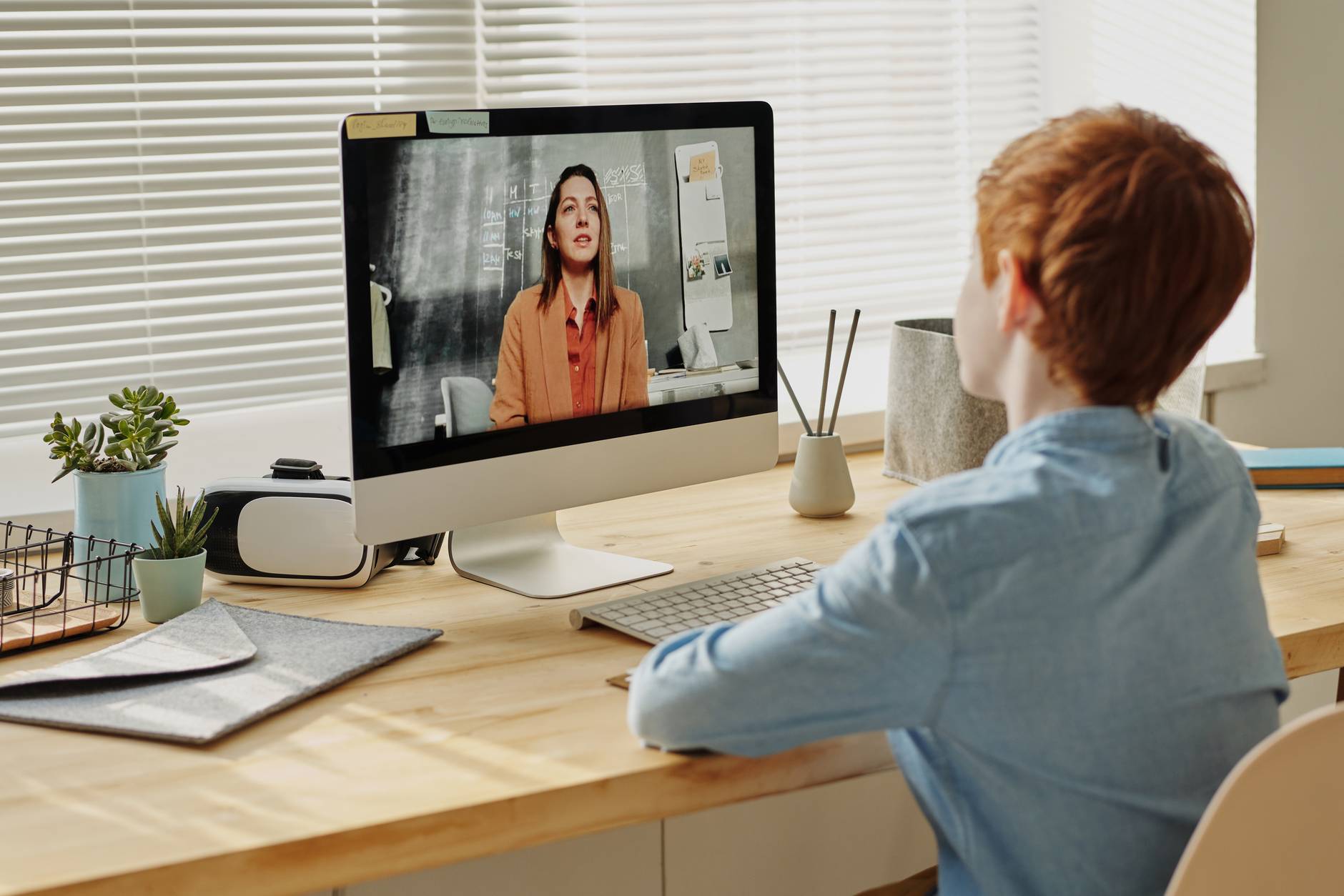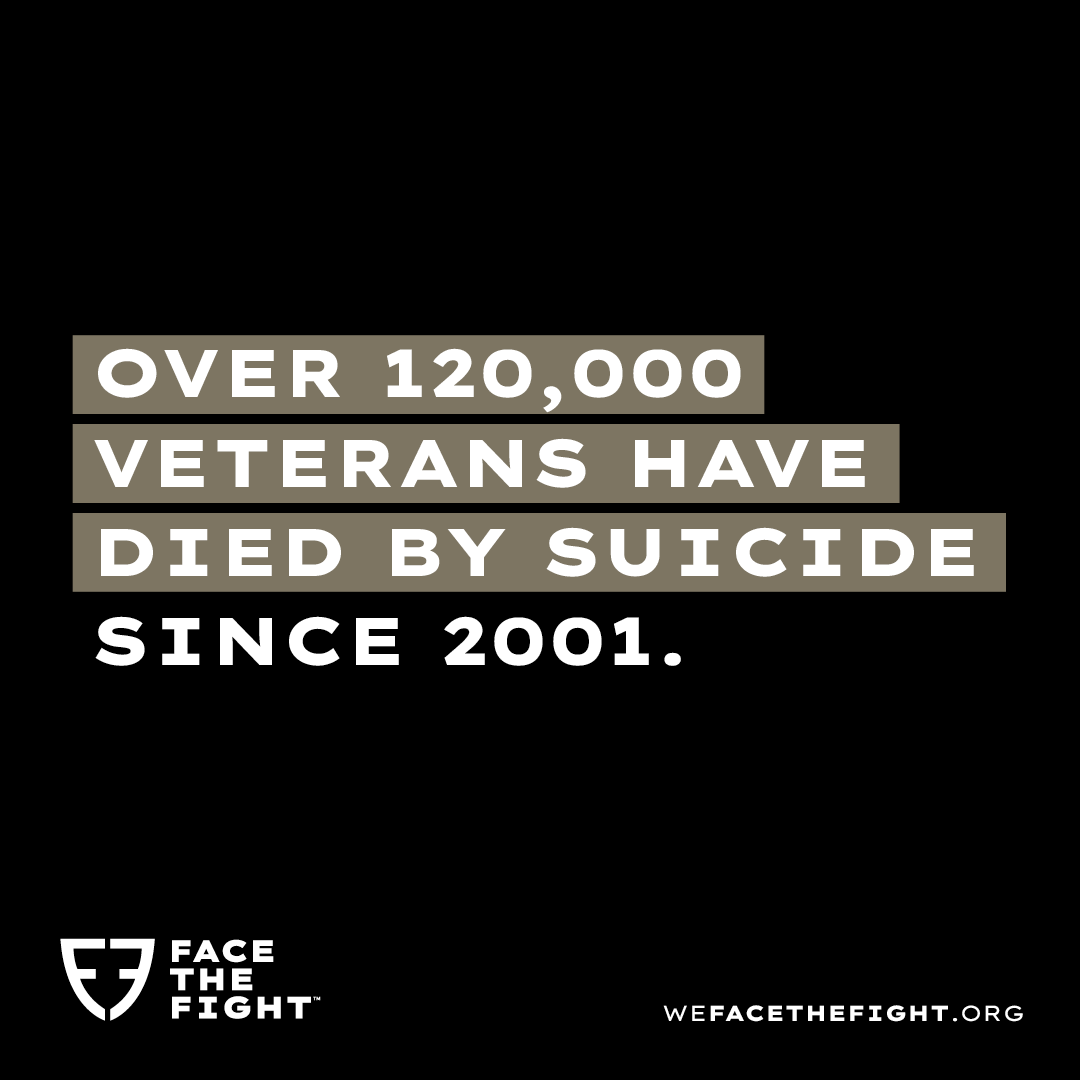
By Hannah Furfaro #SeattleTimes staff reporter
A few months after Kristina Rasmussen’s 7-year-old was diagnosed with #bipolardisorder, he experienced one of his worst manic episodes: The boy was inconsolable as he tore through the family home, hitting himself, knocking over furniture and breaking picture frames.
Rasmussen counts the ways the health care system failed her son in the days leading to this moment. The family lives in Walla Walla, a small southeastern town of just over 30,000 people, and the child #psychiatrist who diagnosed the boy — the only one in town — had moved away. His medication, an antipsychotic called Abilify, wasn’t working and came with troubling side effects like #insomnia and extreme #anxiety. When Rasmussen eventually rushed her son to the emergency room, medical staff kept him there for four days, unable to find him an inpatient #psychiatric bed. (Rasmussen wanted to share her family’s story but requested that her son’s name not be used to protect his privacy.)
Much of their time in the ER was a nightmarish blur. But Rasmussen recalls, “Their advice was just put him in the car and take him to #Seattle.”
In many places in #Washington, access to #mentalhealthcare is lacking: About 37% of Washingtonians live in an area with a shortage of #mentalhealthproviders, federal data from June suggests. And only 12% of residents live in an area where they could expect their #mentalhealth needs to be met.
But finding a #mentalhealthprovider, specialty care or an inpatient bed is particularly hard if you live in a less-populated corner of the state.
The path to care is broken for many such people. Some receive #mentalhealthservices through their primary care #doctor. But seeing a #psychiatrist can mean driving miles and miles to a neighboring town or another county altogether.
“Great need”
Recruiting and retaining #mentalhealthprofessionals is difficult for #ruralhealth care systems. #Rural #hospitals often serve more #patients with government-funded health plans, which pay lower rates than private insurance, said Jacqueline Barton True, vice president of #ruralhealth programs at the Washington State Hospital Association. Lower reimbursement translates to lower salaries, and #physicians who train elsewhere — and didn’t grow up in a #ruralcommunity — might be hesitant to move to an unfamiliar place.
Shortages have meant ERs become a first instead of last stop, a pattern that worsened during the #COVID-19 #pandemic, hospital data suggests.
“I don’t think there’s anyone who would tell you (the ER is) the best place to receive #mentalhealth services but that is a function of providing care to their communities, so they’re often put in that position,” Barton True said.

The #MentalHealthProject is a #SeattleTimes initiative focused on covering #mental and #behavioralhealth issues. It is funded by Ballmer Group, a national organization focused on economic mobility for #children and families. The #SeattleTimes maintains editorial control over work produced by this team.
For those able to get specialty care closer to home, some have another worry: Will my #psychiatrist notice me at the grocery store? Anonymity disappears in small towns. And #stigma can run rampant.
For Walla Walla resident Justine Taylor, access has improved in the decade since she helped a family member find care. Back then, they had to drive almost three hours each way to appointments in Spokane.
A local directory of providers now includes the names of 44 #nurse practitioners, therapists and #socialworkers in and around Walla Walla. Collaborative care, which involves a partnership between primary and #mentalhealthproviders, has expanded access, said Taylor, who is the board president of the Walla Walla chapter of the #NationalAllianceonMentalIllness, a nonprofit #mentalillness advocacy organization. So too has telepsychiatry, which became ubiquitous during the #pandemic, but has a long history and a solid evidence base.
Even so, Taylor said, “There’s still a great need here.”
There’s one #mentalhealthprovider to every 340 people in Walla Walla County, meaning care is harder to access there than in the state in general, which has a ratio of 250 people to every provider. Three counties — Douglas, Lincoln and Garfield — have ratios more than two times the national average, which is 380:1.
In it together
Rasmussen’s son was 6 weeks old when she first identified the fear that often crept across his face. He craved her care, and wanted to be cuddled constantly. By age 4, he still wasn’t speaking, and scored in the 99th percentile for #anxiety.
It took years before he was diagnosed with #bipolardisorder, and eventually autism. Rasmussen, a social worker, knows the diagnostic odyssey can be long for many #mentalhealthconditions. But it is often even longer still for those in health care deserts — and can be the difference between a child getting treatment early and facing worsening symptoms.
After days in the ER at Providence St. Mary Medical Center in Walla Walla, Rasmussen couldn’t fathom taking her son all the way to #Seattle. So eventually she took him home.
Providence St. Mary spokesperson Kathleen Obenland said she couldn’t speak about the Rasmussen family’s case, citing #patient confidentiality. But like many rural hospitals, Providence St. Mary doesn’t have staff #psychiatrists nor an inpatient #behavioralhealth unit. The hospital contracts with a private nonprofit called Comprehensive Healthcare, which helps when someone comes in during a #mentalhealthcrisis, and assumes responsibility for finding them an inpatient bed.
“The closest facility for a child is 120 miles away and often full,” Obenland said. “The #patient may wait for days for a bed to open.”
Rasmussen soon found a #physician willing to see him, but the psychiatrist’s office in Richland was a chaotic hour and 20 minutes away. Rasmussen’s son hated car trips, and sometimes unbuckled his seat belt and hit his mom while she drove.
Their family and #school community offered support. Rasmussen was referred to #ChildProtectiveServices, since #CPS offers #mentalhealthservices for families in crisis. She joined #NAMI, and friends and neighbors helped, too.
Said Rasmussen: “In a #ruralarea like this, I rely on my neighbors.”
#JamesDonaldson notes:
Welcome to the “next chapter” of my life… being a voice and an advocate for #mentalhealthawarenessandsuicideprevention, especially pertaining to our younger generation of students and student-athletes.
Getting men to speak up and reach out for help and assistance is one of my passions. Us men need to not suffer in silence or drown our sorrows in alcohol, hang out at bars and strip joints, or get involved with drug use.
Having gone through a recent bout of #depression and #suicidalthoughts myself, I realize now, that I can make a huge difference in the lives of so many by sharing my story, and by sharing various resources I come across as I work in this space. #http://bit.ly/JamesMentalHealthArticle
Equity and access
It’s been about three years since the ER visit. And nearly two since Rasmussen’s son switched to remote visits with his #psychiatrist — a move that was forced by the #pandemic, but came as a blessing after years of bedlam on those long rides to in-person visits.
The #pandemic made telepsychiatry — distanced care over phone or video — widely popular across all #racial groups, state Medicaid claims data suggests. And with it, appointments suddenly became easier for those in #ruralareas.
Telehealth was virtually nonexistent in the months before #COVID-19: The state logged fewer than 25,000 claims for #mentalhealth-related appointments in a typical month for those who use state #healthcare plans, but claims now number 225,000-300,000 during an average month. Among #children, telehealth claims for #mentalhealth concerns jumped from a couple of thousand a month to nearly 30,000 between February and March 2020 — and now total 80,000-100,000 each month.
Several new laws make telehealth more accessible. In 2020, lawmakers approved legislation that makes health care plans reimburse telehealth services at the same rate as in-person care; in August of this year, a new law expanded this provision to make audio-only telehealth services, as opposed to only video services, reimbursable.
But while telepsychiatry helps level the playing field for those in remote areas, “that does not address the issue [that] there’s not enough #mentalhealthproviders to treat all the #patients with #mentalhealthdisorders,” said John Fortney, professor of psychiatry and behavioral sciences at the #UniversityofWashington School of Medicine.
Fortney and his colleagues recently published a study in #JAMA Psychiatry that offers one path forward. Traditionally, telepsychiatry involves one-on-one care between a #patient and #psychiatrist. From 2016-19, the team tested a collaborative approach that they found was just as effective.
In five #Washington clinics that primarily serve low-income people in #ruralcommunities — none of which had #psychiatrists working on-site — the researchers paired primary care teams with off-site #psychiatrists from state medical #schools. Under the collaborative model, a #psychiatrist made a diagnosis and treatment plan through remote observation, while on-site primary care staff prescribed medication, provided counseling and tracked patients’ symptoms.
“The important thing about our study is that we showed that the collaborative care model improves #patient outcomes with less time from the #psychiatrist,” Fortney said. “It not only increases equity, but it also increases capacity.”
#Washington was recently awarded a federal grant to help expand access to this type of collaborative telepsychiatry, said Tona McGuire, co-lead for the #behavioralhealth strike team at Washington’s Department of Health. “Pediatricians are telling us that more than half of their visits are #behavioralhealth and it’s not really what they’re trained for,” she said. Access to remote #psychiatrists is a big help.
Rasmussen’s son is 11 now. He’s taking medication and his mood is more stable. As his mom puts it, he’s sweet, loving and “nothing like he was back then.”
But she’s still traumatized by the family’s experiences. When her son jumped off a slide at #school and broke his arm last school year, she decided against telling the ER #doctor about her son’s #mentalhealth diagnoses. She didn’t want the hassle of dealing with a crisis team that she felt disrespected by years before.
“I think to myself, that’s kind of sad that I can’t be honest,” she said. Hannah Furfaro: hfurfaro@seattletimes.com; on Twitter: @HannahFurfaro.

James Donaldson is a Washington State University graduate (’79). After an outstanding basketball career with WSU, he went on to play professional basketball in the NBA with the Seattle Supersonics, San Diego/L.A. Clippers, Dallas Mavericks, New York Knicks, and Utah Jazz. He also played for several teams in the European Leagues in Spain, Italy, and Greece, and he toured with The Harlem Globetrotters to wrap up his career. James was an NBA All-Star in 1988 while playing center for the Dallas Mavericks. In 2006, James was inducted into the Pac-10 Sports Hall of Fame and also the Washington State University Athletic Hall of Fame. In 2010, James was elected as a board member for the NBA Retired Players Association.
James frequently conducts speaking engagements (motivational, inspirational, educational) for organizations, schools, and youth groups.
In 2010, James was the recipient of the NBA Legends of Basketball ABC Award, awarded for outstanding contributions in Athletics–Business–Community.
He believes in being a role model for success and professionalism to the scores of young people to whom he devotes so much of his time. He currently serves on several boards and committees and is a member of many organizations.
James believes in developing relationships that create a “Win-Win” environment for everyone involved, and in being the best he can be!
For more information about James Donaldson or to request he speak at your event, contact him at:
www.StandingAboveTheCrowd.com
JamesD@StandingAboveTheCrowd.com
1-800-745-3161 (voicemail & fax)
James Donaldson is the author of “Standing Above The Crowd” and “Celebrating Your Gift of Life” and founder of the Your Gift of Life Foundation which focuses on mental health awareness and suicide prevention, especially pertaining to our school aged children and men.
If you’re interested in having James come and speak to your group of young adults, business entrepreneurs, aspiring political and community leaders, and athletic teams, please contact him at jamesd@yourgiftoflife.org and or leave a personal message for him at 1-800-745-3161. Keep up with him and read about how he is reaching out and making a difference in the lives of so many around the world at www.yourgiftoflife.org



